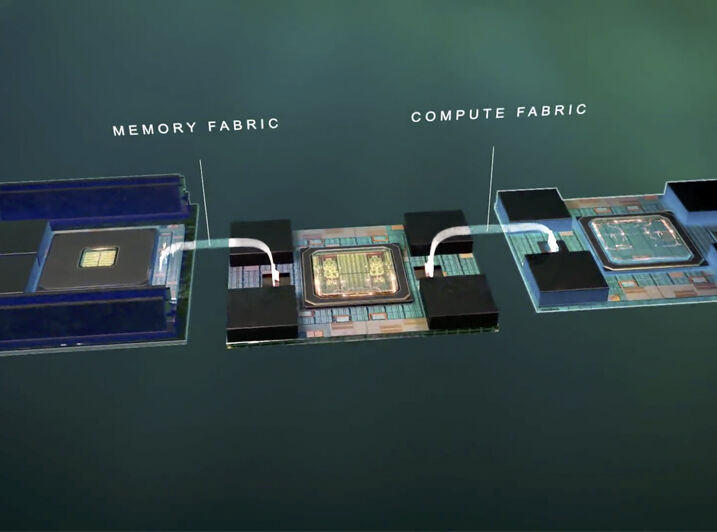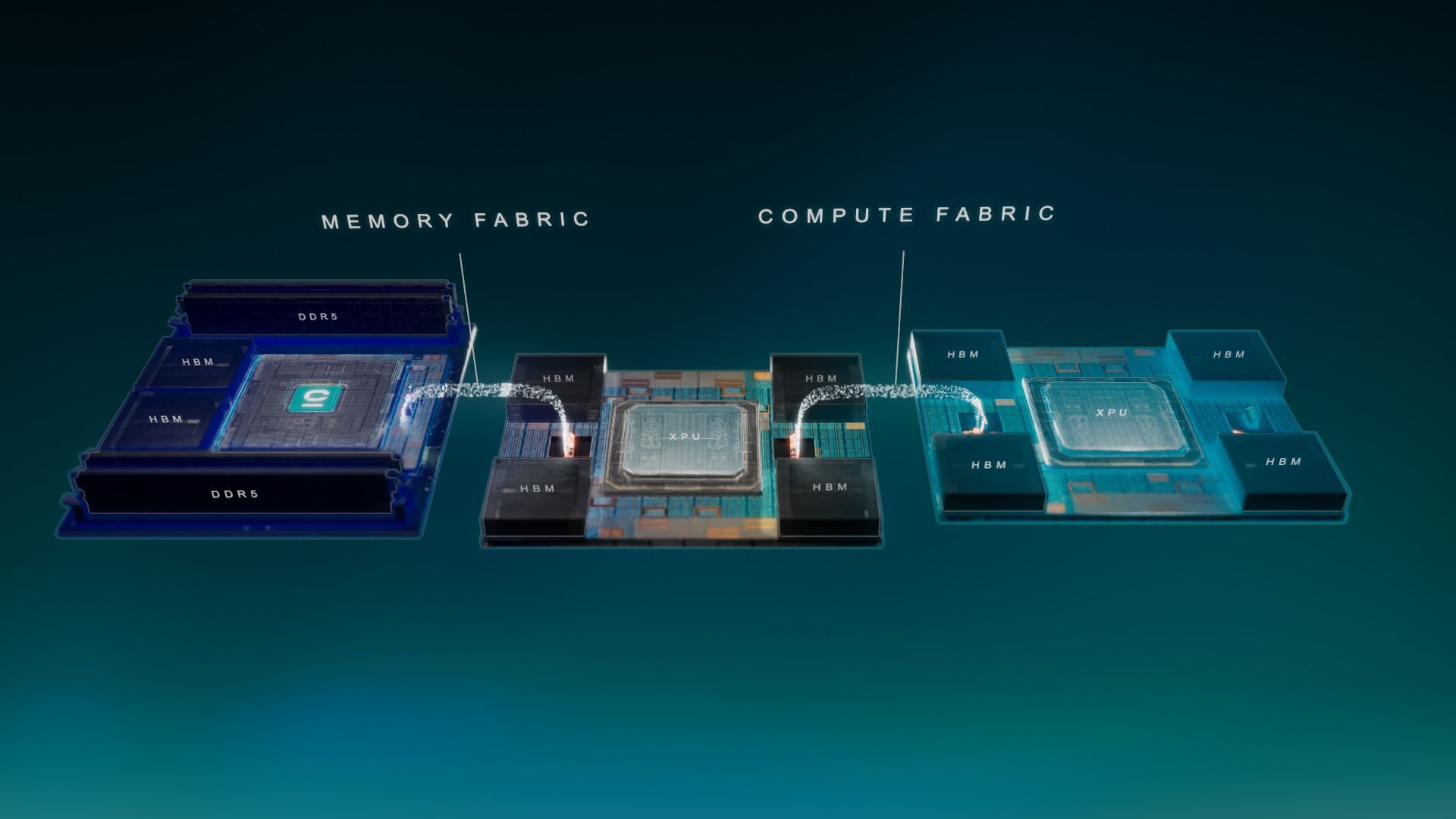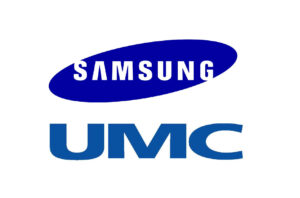Introduction:
In the rapidly evolving landscape of AI hardware, innovation is not just a buzzword; it’s a necessity. Enter Celestial AI, a trailblazing startup poised to disrupt the industry with its groundbreaking interconnect solution: Photonic Fabric with 90% Power-Saving Memory.
Celestial AI is a new company making waves in the AI hardware space. Their key innovation is a method of combining two different types of memory, HBM (High Bandwidth Memory) and DDR5, to create a more efficient chiplet design.
Leveraging the power of silicon photonics, DDR5, and HBM memory, Celestial AI is on the cusp of redefining how chiplets communicate, with AMD potentially leading the charge.
There’s speculation that AMD might already be partnering with Celestial AI, but we’ll have to wait for official announcements. Regardless, this technology has the potential to significantly improve the efficiency of AI hardware.
Celestial AI, having just secured $175 million in Series C funding, is poised to bring its Photonic Fabric technology to market, with the goal of revolutionizing optical interconnects.
Follow us on Linkedin for everything around Semiconductors & AI
Challenges with Traditional Interconnects:
The problem: Traditionally, AI hardware has been power-hungry. This is a major constraint, especially for applications like data centers.
Celestial AI’s solution: They combine the high speed of HBM with the lower cost and larger capacity of DDR5. This allows for efficient data transfer while keeping power consumption down. Reports suggest a potential 90% reduction in power!
Potential impact: This could be a game-changer for AMD. By adopting Celestial AI’s tech, they could create next-generation chiplets that are both powerful and energy-efficient.
Traditional interconnect methods, such as NVIDIA’s NVLINK and AMD’s Infinity Fabric have long been the backbone of AI hardware. However, they come with limitations, both in terms of efficiency and scalability. Celestial AI recognizes these constraints and has developed Photonic Fabric as a viable alternative.
Read More: 10 Patents Which Revolutionized the Semiconductor Industry (Part 2) – techovedas
90% Power-Saving Memory: The Power of Silicon Photonics
At the heart of Photonic Fabric lies silicon photonics, a fusion of laser and silicon technology that promises unparalleled speed and efficiency in data transmission.
Celestial AI’s co-founder, Dave Lazovsky, highlights the immense interest their solution has garnered, with an impressive $175 million in initial funding and backing from industry giants like AMD.

90% Power-Saving Memory: Integration of DDR5 and HBM Memory:
So, what sets Photonic Fabric apart? Traditionally, AI hardware relies on two main types of memory to function:
High Bandwidth Memory (HBM): This is super-fast memory that allows for zippy data transfer between the processor and memory. However, HBM is expensive and has limited capacity.
DDR5 Memory: This is a more standard type of memory, offering good capacity at a lower cost. The drawback? DDR5 is slower than HBM.
Celestial AI’s approach is essentially to combine the strengths of both. Their tech merges HBM and DDR5 together in a way that leverages the high speeds of HBM for critical data access, while utilizing the larger capacity and affordability of DDR5 for bulk storage. This allows data to be shuffled efficiently between the faster HBM and the larger DDR5, keeping things running smoothly without needing as much power overall.
Think of it like having a dedicated express lane (HBM) for important items you need right away, and a spacious storage room (DDR5) for everything else. You can quickly grab what you need from the express lane without having to constantly run back and forth to the storage room, reducing the overall energy expenditure.
Read More: How Advanced Packaging and Photonics Enable High Performance Computing
90% Power-Saving Memory: Impressive Throughput Capabilities
But the innovation doesn’t stop there. Photonic Fabric boasts impressive throughput capabilities, with the potential to deliver 1.8 Tb/sec per square millimeter in its first generation.
“The surge in demand for our Photonic Fabric is the product of having the right technology, the right team and the right customer engagement model”,
~ Dave Lazovsky, Co-Founder and CEO of Celestial AI.
And with plans for a second iteration promising four times the performance, Celestial AI is poised to push the boundaries of what’s possible in interconnect technology.
Read More: €3.4 Billion in Government Support: Did China Just Supercharge BYD – techovedas
AMD or No AMD
At the heart of Celestial AI’s strategy are its chiplets, interposers, and optical interconnect innovations. Through the fusion of DDR5 and HBM memory, the company strives to markedly lower power usage while upholding top-tier performance standards. These chiplets serve dual purposes: augmenting memory capacity or facilitating interconnections among chips, delivering speeds akin to NVLink or Infinity Fabric.
Reports suggest that the company has engaged in discussions with numerous hyperscale clients and a significant processor producer regarding the integration of its technology. While precise information is kept confidential, signs point to AMD being the probable manufacturer, given that AMD Ventures is among the investors in Photonic Fabric.
Read More: 13 Semiconductor Terms Everyone MUST Know
Conclusion:
In conclusion, Celestial AI’s Photonic Fabric represents a paradigm shift in AI hardware interconnects.
By harnessing the power of silicon photonics, DDR5, and HBM memory, the company is laying the groundwork for a more efficient and scalable future.
And with industry heavyweights like AMD already on board, the stage is set for Celestial AI to redefine the boundaries of what’s possible in AI hardware.




